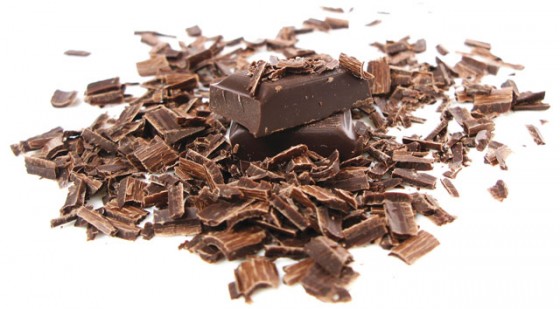Chocolate
Chocolate is coming back home to Central America, good chocolate at last. The cacao plant has been cultivated here for at least three millennia, the bean used as beverage and a food ingredient. Archaeologists found evidence of cacao cultivation at sites dating back to 1400 BC, with carvings of Maya enjoying the frothy, bitter drink.
Spanish conquerors took chocolate to Europe, to English coffee houses, to the Dutch who developed chocolate bars, and to exquisite Swiss and Belgian creations, while Central America suffered without really good chocolate until recently.
Guatemalan chocolate candy of the last century has been pretty bad—grainy and bland. Chocolate colors continued rich in loamy soil, dark chocolate after rains, milk chocolate tones where covered with wheat and peanut crops. But good eating and drinking chocolate was limited to imports or a few home kitchens.
Now wonderful chocolate is back. Taste hand-dipped candies in shops around La Antigua, Quetzaltenango and the capital city. Try cups of frothy chocolate in cafés. Nibble at finger-sized rolls of fine chocolate made by a few families in villages around Lake Atitlán, rolls in hand-colored wrappers of country scenes, available for a few coins in many little stores.
U.S. standards require only 15% chocolate liquor in chocolate candies. The European Union requires 35%. Good stuff goes up to 70% plus. And that’s the good stuff finally being produced in Central American candy kitchens.
A coffee-growing gringo near Antigua experimented with chocolate coating on roasted coffee beans, and bags of these adult treats are sold all over the country. No more need for European imports. Now you can taste fine chocolate while enjoying the chocolate tones as you travel through the Highlands. Chocolate is back home, and it’s delicious.
